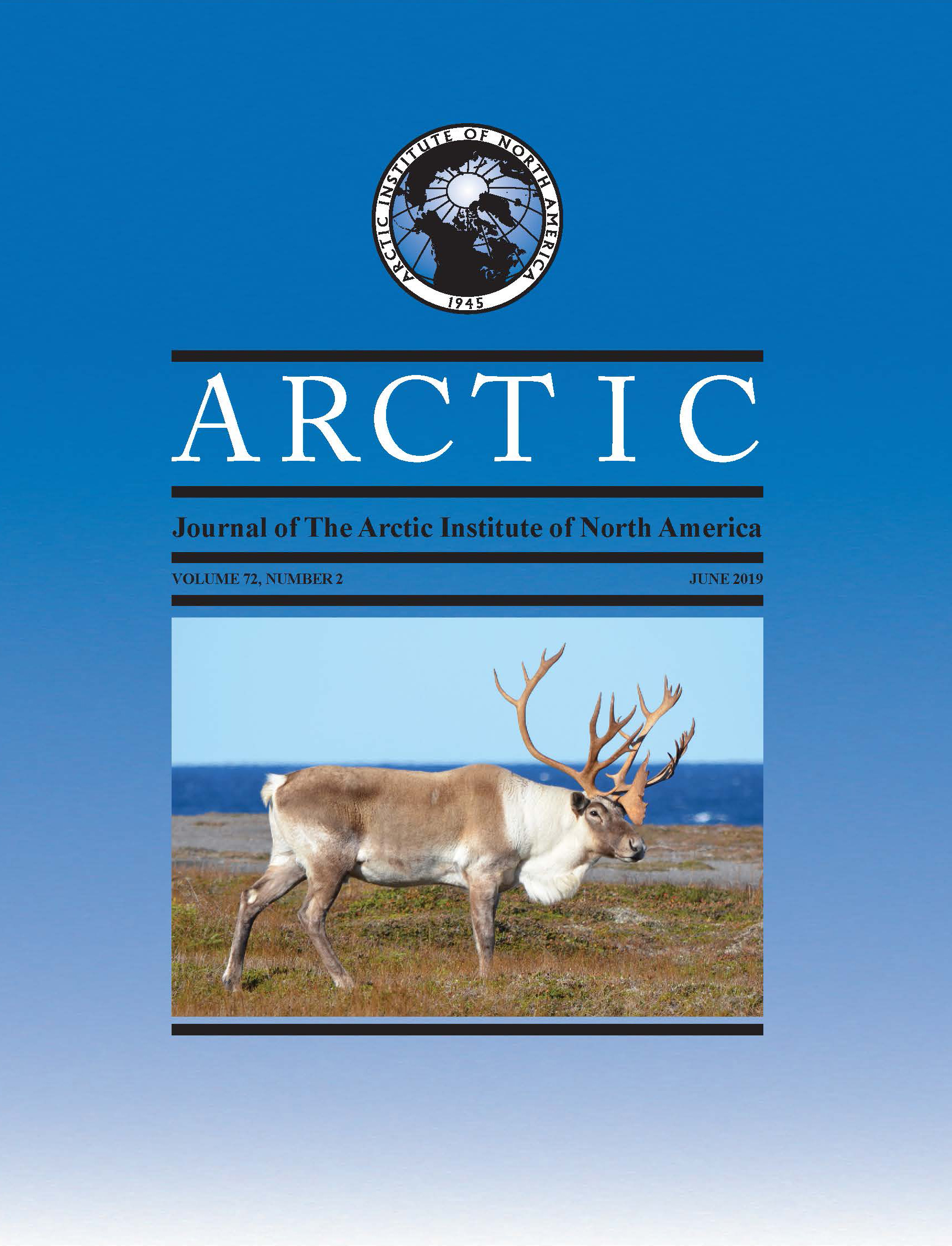Engaging Northern Indigenous Communities in Biophysical Research: Pitfalls and Successful Approaches
DOI :
https://doi.org/10.14430/arctic68194Mots-clés :
côte de l’Alaska, démarche axée sur la collectivité, conditions météorologiques, bouillie, édification de la confiance et des relations, participation des peuples autochtones, limites des lignes directrices, entrevue semi-structuréeRésumé
Des lignes directrices et des pratiques exemplaires visant à faire participer les peuples autochtones des régions arctiques à la recherche biophysique sont publiées depuis les années 1990. Malgré ces lignes directrices, les scientifiques généraux ont toujours de la difficulté à créer des relations de travail efficaces avec les peuples autochtones et à les faire participer à leurs recherches. Nous avons fait face à cet enjeu quand nous avons visité trois collectivités de la côte ouest de l’Alaska pour étudier les événements climatiques percutants et la formation de « bermes de bouillie de glace » susceptibles de protéger les localités des ondes de tempête. Quand nous avons essayé de nouer des liens avec les résidents des diverses localités, nous avons constaté que les lignes directrices actuelles sont souvent utiles pour nous indiquer quoi faire (par exemple, elles mettent l’accent sur l’importance des communications face à face), mais les chercheurs doivent aussi penser à comment le faire (les compétences) et à comment se présenter (attributs personnels). Pour prouver aux Autochtones qu’ils valorisent et respectent leur culture, les chercheurs pourraient apprendre à employer du vocabulaire qui est compréhensible et qui tient compte d’une démarche de collaboration au lieu d’une démarche hiérarchique du sommet à la base. Il faudrait que nous soyons prêts à adapter nos emplois du temps et à aider la collectivité que nous visitons au lieu de nous concentrer seulement sur nos propres besoins. Il faudrait aussi considérer les avantages pour la collectivité et nous assurer que les résidents comprennent la recherche que nous faisons et soient satisfaits. Parmi les attributs nécessaires pour ces travaux de recherche, notons la curiosité, l’honnêteté, la sensibilisation aux besoins d’autrui, l’empathie, la flexibilité et l’ouverture d’esprit. Même si les compétences et les attributs dont il est question ici aident à combler l’écart entre les cultures, nous tenons à souligner qu’aucune formule particulière ne garantit le succès.


